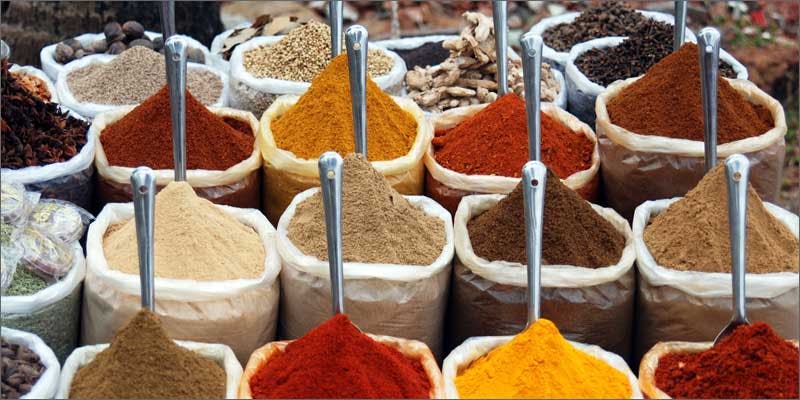
6 Plants That Contain Healing Cannabinoids (Other Than Cannabis)
What do black truffles and cannabis have in common? Both are smuggled around the world and both engage the endocannabinoid system.
Now that cannabis is such a big deal, researchers are looking for other plant chemicals that may have similar effects. Perhaps unsurprisingly, there are quite a few of them. Here are 6 plants that contain healing cannabinoids (other than cannabis).
An update on the research
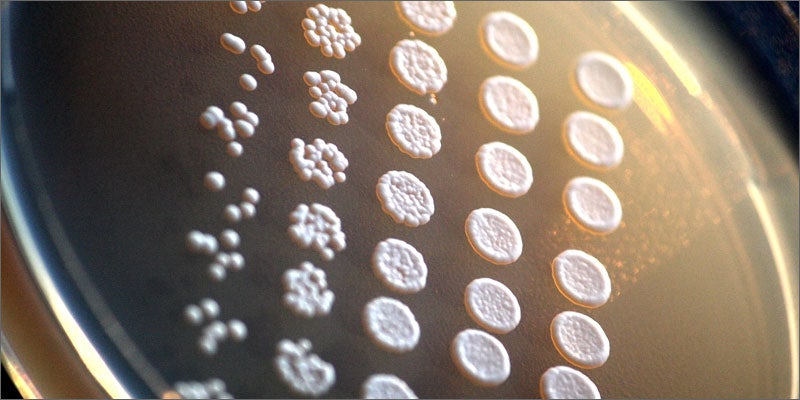
There are several common plants that contain compounds that are cannabinoid-like in function. The most well-known are echinacea, black pepper, and chocolate. Chemicals in these plants aren’t the same as those found in cannabis, yet they have positive effects on the human endocannabinoid system.
The endocannabinoid system (ECS) is a network of cell receptors and corresponding molecules in humans and other animals. The ECS is responsible for maintaining homeostasis, which is optimal balance in the body. This system has many different functions, including regulation of sleep, appetite, immune function, mood, and pain.
While those three are the most common, phytocannabinoid research is expanding. Lately, researchers have engineered yeasts (Pichia pastoris) that can produce the enzyme that creates tetrahydrocannabinol acid (THCA), the inactive form of psychoactive THC.
1. Kava
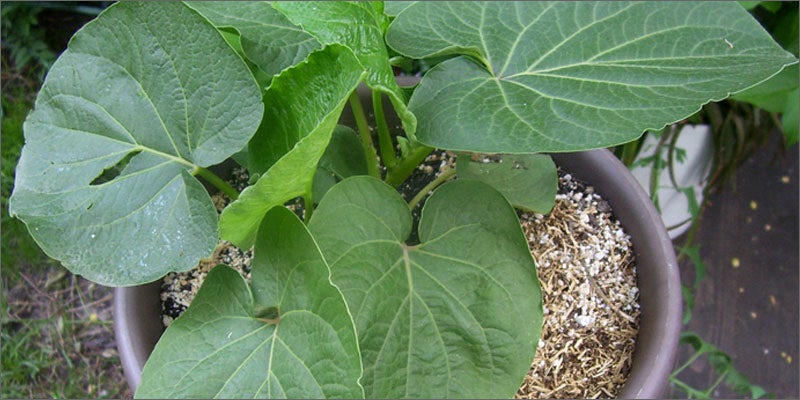
The Kava plant (Piper methysticum) has grown in popularity for its anti-anxiety and calming effects. Kava root has been used traditionally by Pacific island cultures who make a medicinal drink from the roots. The concoction is thought to provide sedative, pain relieving, and euphoric effects.
These effects are primarily produced by compounds called kavalactones. One kavalactone in particular, yangonin, interacts with the CB1 receptor. This is the same binding place for THC and is most predominant in the central nervous system. This interaction may be partly responsible for the anxiolytic effects of the plant.
2. Rosemary

Rosemary, black pepper, and cannabis all contain a compound called beta-caryophyllene (BCP). BCP is a terpene that acts like a cannabinoid. Terpenes are flavor and aroma molecules found in plants. BCP is what gives all three of these plants a peppery punch.
BCP has quite a bit of therapeutic potential. The terpene engages CB2 receptors, which are predominant in the immune system. Recent research has also shown that BCP has antidepressant and anti-anxiety effects. When combined with cannabinoids like THC and CBD, the terpene may help heal stomach ulcers and aid addiction recovery.
3. Japanese and New Zealand liverwort
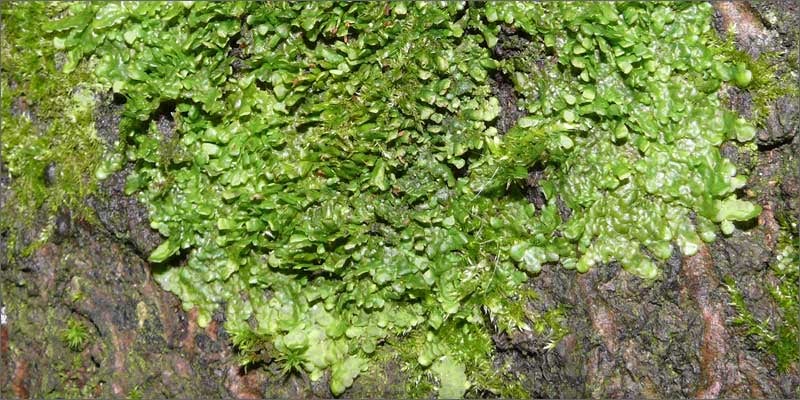
The first research on cannabinoid compounds in liverwort was published nearly two decades ago. Researchers found a THC-like chemical produced by liverwort in both Japanese (radula perrottetii) and New Zealand (radula marginata) called perrottetinene and perrottetinene acid respectively.
Perrottetinene has a very similar structure to THC. Emerging research suggests that these compounds are cannabimimetic, meaning they engage the endocannabinoid system like the compounds in cannabis.
These cannabimimetic compounds in liverwort engage the CB1 receptor, like THC. The most recent research on this topic is underway and has not yet been published.
4. Helichrysum umbraculigerum

While many of the compounds in plants behave like cannabinoids in the body (they engage the endocannabinoid system), scientists are still on the hunt for plants that contain the exact same chemicals. One particularly interesting finding comes from a South African flower, Helichrysum umbraculigerum.
Researchers have found both cannabigerol (CBG) and cannabigerol acid-like compounds in this plant. CBG occurs early on in the cannabis growth cycle and is thought to be a precursor of sorts to better-known cannabinoids like THC and CBD.
CBG has shown potential as an antibiotic, antidepressant, and even chemotherapeutic agent. Helichrysum umbraculigerum is the first non-cannabis plant to contain this compound. The flower has been traditionally smoked in Southern Africa. This is a major hint that there might be something a little funky in this obscure plant.
5. Maca
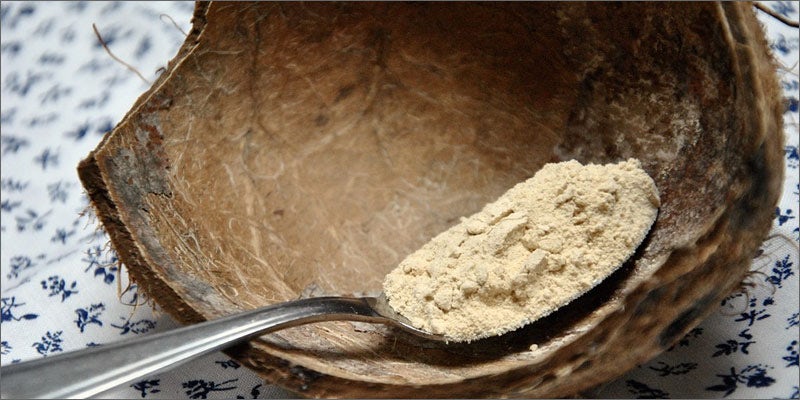
Many of these plants contain compounds that directly engage cannabinoid receptors. Yet, other plants contain compounds that act like nonpsychoactive CBD. CBD has many functions in the body. One of these functions is blocking an enzyme that breaks down endocannabinoids (enzyme FAAH).
Endocannabinoids are the body’s own THC. Preventing the breakdown of endocannabinoids increases the amount of them in your system. This can cause a cascade of effects, including mood stabilization.
Compounds in Maca (Lepidium meyenii) called N-benzylamines block FAAH. This improves endocannabinoid tone, boosting the system overall.
6. Black truffles

There is a difference between cannabinoid compounds created by plants and those created by animals. Animals create endocannabinoids and plants create phytocannabinoids. These chemicals are very similar to each other, but they have some differences.
Much to the surprise of many, Italian researchers have found that black truffles create anandamide (AEA). AEA, also known as the bliss molecule, is the human version of THC. This endocannabinoid is usually made by animals and binds to the CB1 receptor.
Funny thing, while these truffles don’t have cannabinoid receptors, they do produce AEA. So, the theory is that the mushrooms create the compound to attract animals that will eat them and spread around their spores.
Looks like there is a good reason why these delicacies are smuggled around the world, after all.
Herb Recommended Products:
READ MORE










